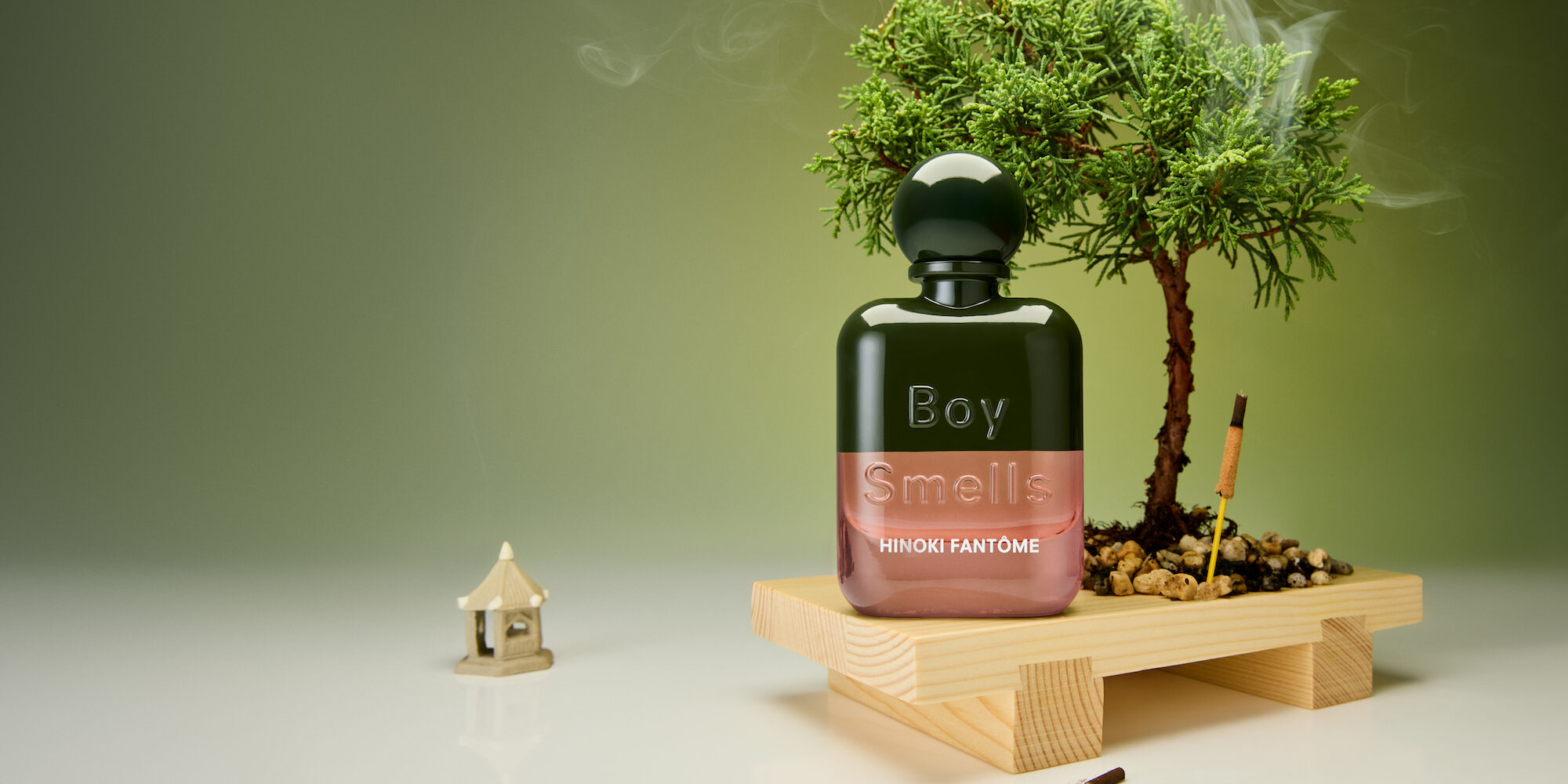
Boy Smells’ Rebrand Doesn’t Pass Its Dedicated Fans’ Sniff Test
Amid a wave of gen Z enthusiasm for fragrance, Boy Smells unveiled a gen Z-oriented redesign last Friday that’s been met with loud opposition on social media from its fervent fans who bemoan it for sanitizing the brand’s edgy identity and scents to appease younger consumers.
The rebrand was done at the behest of Sephora, according to the publication Puck, where journalist Rachel Strugatz called “Boy Smells 2.0” Sephora’s “pet project,” and guided by General Idea, an agency enmeshed in the fragrance space with clients such as Byredo, Ariana Grande and Moroccan Oil. It’s shifted Boy Smells’ bottle caps from extended and cylindrical to smaller and round, a common form atop contemporary fragrance bottles, and enlarged the logo font, also a common motif in gen Z brands.
Product names for new fragrances have been toned down, too. While Boy Smells is known for its renegade candle and fragrance Cowboy Kush, it’s introduced three fragrance releases exclusive to Sephora with the saccharine names Rosy Cheeks, Coco Cream and Sugar Baby. Updated fragrance and candle formulas promise to have better throw and longevity, coveted fragrance attributes among consumers today, but devotees assert they’ve lost sophistication.
On Boy Smells’ Instagram, a commenter with the handle geocachingfreak69 wrote, “It’s so ugly were you guys acquired by private equity.” On X, Daisy Alioto, co-founder and CEO of Dirt Media, wrote, “This is the worst rebrand I have ever seen. The Temufication of an already Targetified indie brand. Little pearlescent ELF bars for TikTok influencers to click their nails against. I wouldn’t even hide this in my top drawer.”
Alioto, who’s spent hundreds of dollars on Boy Smells’ products over the years, tells Beauty Independent, “They were different, they didn’t smell like everything else out there––more complex. I think they have smoothed away everything that made the brand special and intelligent. I’m glad I got my final orders in a month ago because I don’t see myself shopping there again. It just doesn’t fit with my self-image as a woman in her 30s.”
“They have smoothed away everything that made the brand special and intelligent.”
Although Boy Smells hasn’t been acquired by a private equity firm, it has changed hands. Contacted by Beauty Independent, Boy Smells says it was taken over by a “group of gay investors” in early 2024. The brand didn’t disclose members of the “group of gay investors,” but acknowledges its sales were declining before the group gained control. In her Substack “Feed Me,” writer Emily Sundberg reported last year that Boy Smells “went through a distressed sale and is repositioning.” The distressed sale occurred after investment firm True had backed the brand in 2021.
Asked about the reaction to its rebrand, Boy Smells says in an email, “We respect every individual’s right to express themselves, that’s a core value of our queer-owned and -led brand. So, we welcome the discourse, even if we’ve admittedly been surprised by the reaction! The brand struggled the last four years, we would hope that a community we’ve supported and who has supported us for the last decade would give us the chance to show them all sides of what we have in store, which will never stray from our queer DNA. That said, we’ve had our best week of sales across all channels in four years, our products perform better, they last longer, they’re less expensive and still gay. We’ll be showing and not telling the next few weeks with our marketing roll out, we haven’t changed all that much!”
Matthew Herman, a fashion designer and trend forecaster, and David Kien, who formerly worked in fashion production, founded Boy Smells as a candle brand in 2016. In 2021, it branched into fragrances that, back then, were priced at $98 for 65-ml. sizes. With the rebrand, prices have been reduced to $78 for 50-ml. sizes to invite entry-level fragrance consumers. Boy Smells gained traction quickly, garnering loyal customers, especially in the queer community. It pushed the needle with subversive nomenclature like Broken Rosary for a candle with rose notes, its embrace of drug culture with Cowboy Kush and its celebration of queerness.
In honor of Pride Month last year, Boy Smells put out Citrush, a candle and fragrance inspired by poppers, an inhalant drug used by gay men as an anal muscle relaxant before sex. The brand has had two popular limited-edition collaborations with singer Kacey Musgraves, Deeper Well last year and Slow Burn in 2020. The magazine Rolling Stone mentions that Slow Burn “helped spark a wave of celebrity candles.”
Boy Smells scored retail partnerships with Nordstrom, Revolve, Space NK and Sephora, which it entered in 2022. In 2021, the brand informed the publication Business of Fashion that its sales more than doubled, its wholesale business spiked 305% and it had been profitable since 2018. That year, it brought on David Duplantis, former president of global marketing, digital, CRM and customer experience at Coach, as CEO. Last year, at a party for the release of Deeper Well, Josh Udashkin, former managing director at Rimowa, is identified in photographs as Boy Smells’ CEO.
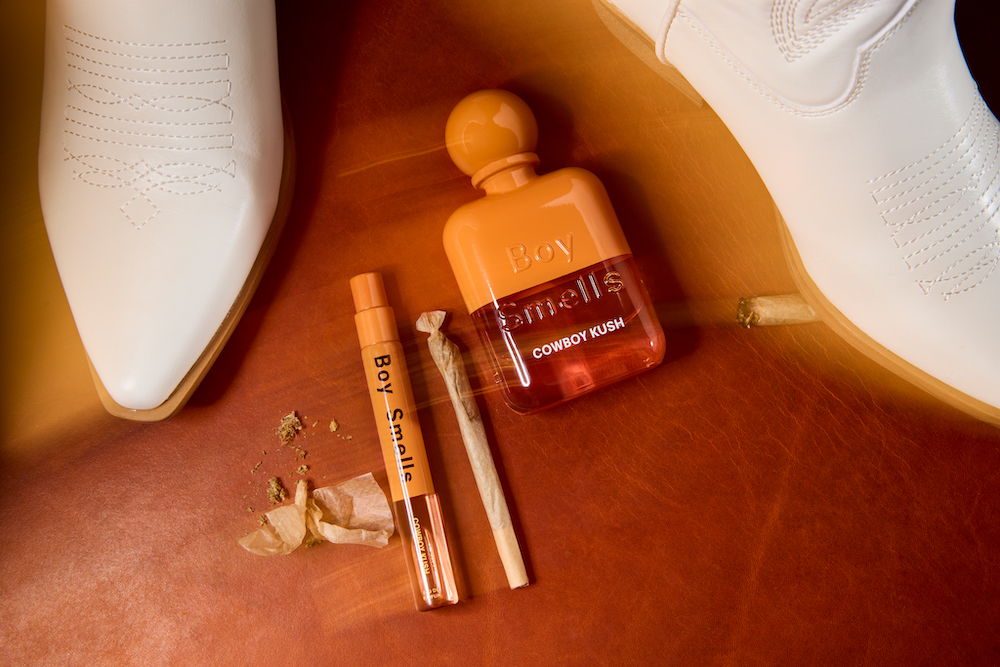
Last year, Business of Fashion chronicled Sephora turning its stores into a “fragrance discovery destination” with brands like Phlur and Kayali. The effort came as fragrance has been on a tear. Market research firm Circana figures reveal fragrance was the fastest-growing beauty category in 2024 in both dollar sales and units. It accounted for 28% of total prestige beauty sales. Gen Z consumers have been important drivers in the category, and a Circana survey shows 73% of gen Zers wear fragrance at least three times per week.
Looking to capitalize on fragrance’s momentum, it’s not surprising that Sephora pushed a Boy Smells’ refresh. It frequently spearheads the direction of brands within its universe in a process referred to as going “in the kitchen” to align them with its shoppers and fill white spaces. In 2023, Sephora teamed up with fragrance brand DedCool on floral fragrance Sunlit Blooms. Isamaya Beauty, the brand founded by makeup artist Isamaya Ffrench, has gotten the “in the kitchen” treatment to mixed reviews for its sterile metallic packaging.
Ariana Silvestro, a fragrance industry consultant and founder of now-defunct candle brand Scent Lab, argues Sephora, General Idea and Boy Smells are smart to try to tailor the brand to young consumers and broaden its reach. “Gen Z and gen alpha are shaping the future of fragrance, and they gravitate toward scents that feel approachable, layerable and fun to mix and match,” she says. “The brand’s previous niche, edgier aesthetic may have limited its ability to scale with younger consumers. By making itself more accessible, Boy Smells is positioning itself for long-term relevance, and I really respect that.”
Beauty branding and marketing expert Rachel Roberts Mattox isn’t as effusive. She’s in the detractor camp and believes the revamp has stripped Boy Smells of its differentiation, a precondition for making noise in a crowded market. “It was bold, binary-breaking and beloved for its rebellious spirit, distinct voice and chic packaging. The recent rebrand feels less like evolution and more like an iteration: a gen Z-coded mashup of Glossier, Milk and Tom Ford that reads like a mood board of what’s trending and not a continuation of its own story,” she says. “For a brand once revered for unapologetic originality, this is a disappointing pivot.”
On TikTok, Lola Gusman, a longtime beauty content creator on social media as The Hermes Hippie, says she’s troubled by “just how basic” Boy Smells has become—she characterizes the design as “whatever the gen Z version of cringy millennial pink” is—and its pulling back from unabashedly not conforming to the gender binary. She and Mattox compare Boy Smells’ rebrand to Isamaya Beauty’s transition from its provocative debut in 2023 with a penis lipstick bullet to its muted arrival at Sephora.
Gusman foresees brands increasingly abandoning gender barrier-busting themes as they court retailers and investors. “Whether dictated by a specific retailer or investor, these rebrands are a response to wider cultural and political trends. I think it’s insidious enough when brands make their packaging and general aesthetics basic and beige, but rejecting the queer folks responsible for their success is simply gross,” says Gusman. “The irony, of course, is that the majority of the conservative customers they are trying to woo won’t be interested in brands like Isamaya or Boy Smells, rebrand or not.”
This article was updated on Friday, April 18 to include additional information on Boy Smells’ management.
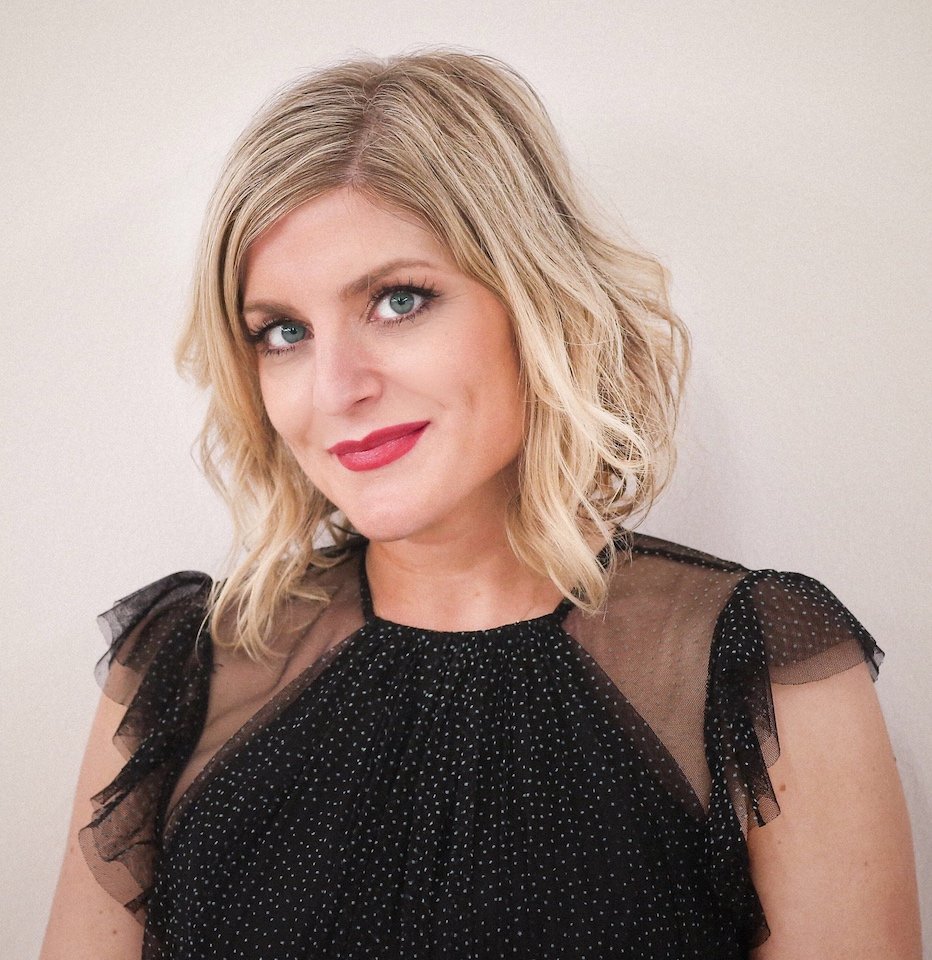

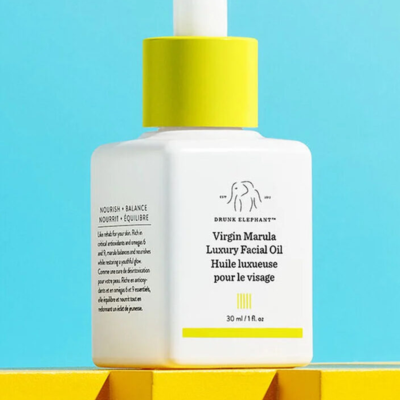

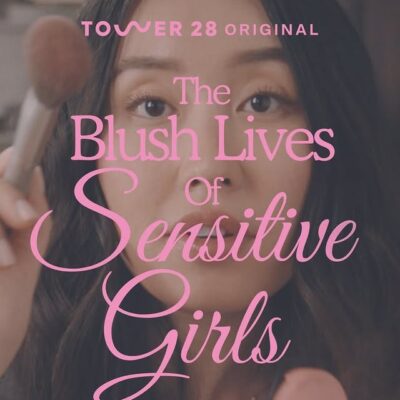
Leave a Reply
You must be logged in to post a comment.